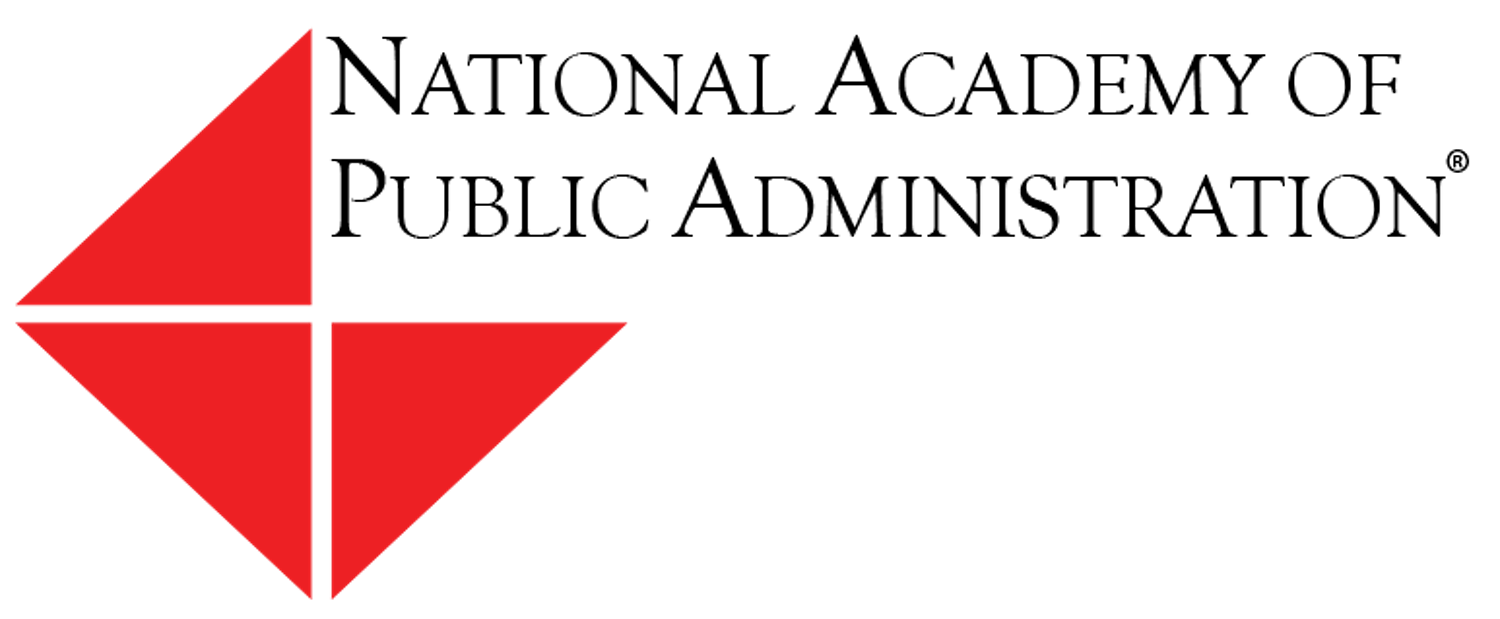
Looking Ahead to a World Class City: Planning is Key
Post Date: May 09, 2017
By: Elizabeth Fretwell
As city officials and planners, we have the ability to touch the lives of our residents and shape the future for how our cities develop. Infrastructure, such as our roadways, is a major component that impacts our residents and visitors. Investments in roadway infrastructure have the potential to mold development and determine where and how much occurs. The fact is that transportation and the related roadway infrastructure affects decisions our citizens make about where to live, work and play – a direct impact to the quality of life for our residents and visitors as well.
In general, the Las Vegas’s roadway infrastructure is in good condition in part due to being a “young” city but also due to the aggressive and proactive maintenance program. It is recognized that the best maintenance is routine preventative maintenance which extends the life of our assets and reduces the need for costly rehabilitations. Budgets are allocated annually for the systematic maintenance of each roadway based on asset condition and life cycle analysis. Another benefit of our newer roadways is the allocation of needed rights of way that now allow for reconfiguring of the roadway cross-sections based on new technologies, current user needs and future demands. For example, the previously auto focused roadways are now seeing road diets for re-allocation of space to provide wider sidewalks and bike lanes.
In addition to maintenance, we are planning for our future. We recently completed two 20-year planning visions. The first is the Mobility Master Plan that focused on providing mobility options that work for all people to ensure the future infrastructure allows our residents to meet their daily needs. The Mobility Master Plan includes over 180 multimodal transportation improvement projects for the City of Las Vegas, spanning the 135 square miles of the city and addressing all modes of transportation. The projects range from buffered bike lanes to new interchanges. The second is the Downtown Master Plan, which focused solely on our downtown area and the relationships between land use planning and community development, mobility and infrastructure, economic development and strategic planning.
These two Plans are integral to the City and contain transformational recommendations that will help us reach our vision of a world-class city, offering a high quality of life with a diverse and robust economy, and connected and walkable communities. Many of the recommendations from these reports will be possible because of the recent extension of the Fuel Revenue Indexing (FRI) program. This program ties the fuel tax to the rate of inflation and increases the available funds to be allocated toward roadway infrastructure projects. The extension of the FRI program is a demonstration of the commitment and valuation of roadway infrastructure by the community. This funding will allow the City to meet the needs of the residents and visitors and continue to invest in the roadway infrastructure.
Elizabeth Fretwell is an Academy Fellow and City Manager of Las Vegas, NV.